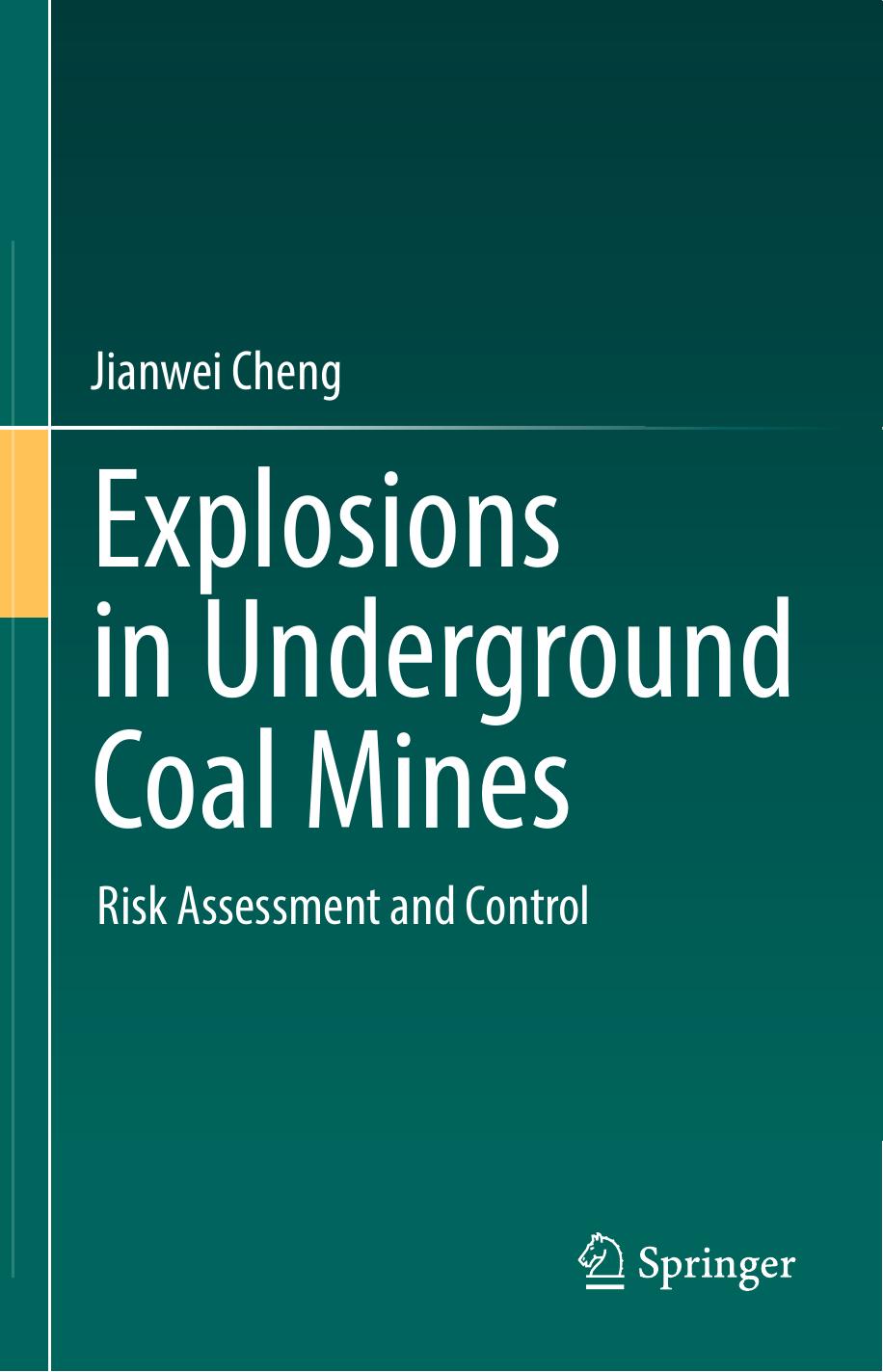Explosions in Underground Coal Mines by Jianwei Cheng

Author:Jianwei Cheng
Language: eng
Format: epub, pdf
Publisher: Springer International Publishing, Cham
As is shown in Fig. 3.21, there are four groups of data, namely A, B, C and D in different conditions of GRR at 16.67m3/min, 33.33 m3/min, 50 m3/min, 66.67 m3/min, respectively. The colors (red, blue and green) of columns present different air velocities in intake and return roadways as for CM 1, 2 and 3. It also can be seen that the gas concentration on different levels is varied with a general trend that the gas concentrations on level 2 are greater than those on level 1. For example, in case of CM 3, the D-values are positive and huge; and the gas concentration is significantly greater than that of the other two air velocity combinations. However, a noteworthy exception is that the red and blue columns are apparently higher than the green one when GRR is 16.67 m3/min. This indicates that, in most GRR cases (16.67 m3/min, 33.33 m3/min, 50 m3/min), the combination CM 3 could make a higher gas concentration compared with the other two combinations, which means more gas emission from the gob and more explosion risks. In other words, once the GRR is set at 16.67 m3/min, 33.33 m3/min, 50 m3/min, either CM 1 or CM 2 is suitable for gas control purpose. In contrast, when GRR is large enough (66.67 m3/min), CM 3 could hold most of gas within the gob area, only a small part of gas escaping to working faces. Thus it is more helpful to mitigate the explosion risk compared with the other two CMs.
The gas concentration contour map in the gob on two levels with a height of 0 m and 4 m (close to floor and roof respectively) under different GRRs are shown in Fig. 3.22a–d representing the same items as in Fig. 3.21).To visibly present the explosion risk on two levels, five colors are employed in different areas indicating the likelihood of gas explosion. The black zone is the most explosively hazardous area in the gob because the gas concentration at these zones is very close to 9% which amounts to the strongest explosion intensity concentration for methane. The red represents the explosion range. The light yellow strip-type zones represent the areas at which methane concentration are very close to Upper Explosive Limit (UEL) or Lower Explosive Limit (LEL). The areas shaded in green and light green represent the gas concentration either over UEL or below LEL. The concentration could fall in the gas explosion range at any time due to the fluctuation of ventilation and gas release rate.
Fig. 3.22Contour map of methane concentration on different levels in the gob
Download
Explosions in Underground Coal Mines by Jianwei Cheng.pdf
This site does not store any files on its server. We only index and link to content provided by other sites. Please contact the content providers to delete copyright contents if any and email us, we'll remove relevant links or contents immediately.
| Automotive | Engineering |
| Transportation |
Whiskies Galore by Ian Buxton(41941)
Introduction to Aircraft Design (Cambridge Aerospace Series) by John P. Fielding(33095)
Small Unmanned Fixed-wing Aircraft Design by Andrew J. Keane Andras Sobester James P. Scanlan & András Sóbester & James P. Scanlan(32766)
Craft Beer for the Homebrewer by Michael Agnew(18200)
Turbulence by E. J. Noyes(7983)
The Complete Stick Figure Physics Tutorials by Allen Sarah(7339)
Kaplan MCAT General Chemistry Review by Kaplan(6903)
The Thirst by Nesbo Jo(6882)
Bad Blood by John Carreyrou(6584)
Modelling of Convective Heat and Mass Transfer in Rotating Flows by Igor V. Shevchuk(6408)
Learning SQL by Alan Beaulieu(6239)
Weapons of Math Destruction by Cathy O'Neil(6220)
Man-made Catastrophes and Risk Information Concealment by Dmitry Chernov & Didier Sornette(5958)
Digital Minimalism by Cal Newport;(5707)
Life 3.0: Being Human in the Age of Artificial Intelligence by Tegmark Max(5518)
iGen by Jean M. Twenge(5387)
Secrets of Antigravity Propulsion: Tesla, UFOs, and Classified Aerospace Technology by Ph.D. Paul A. Laviolette(5336)
Design of Trajectory Optimization Approach for Space Maneuver Vehicle Skip Entry Problems by Runqi Chai & Al Savvaris & Antonios Tsourdos & Senchun Chai(5040)
Pale Blue Dot by Carl Sagan(4960)
